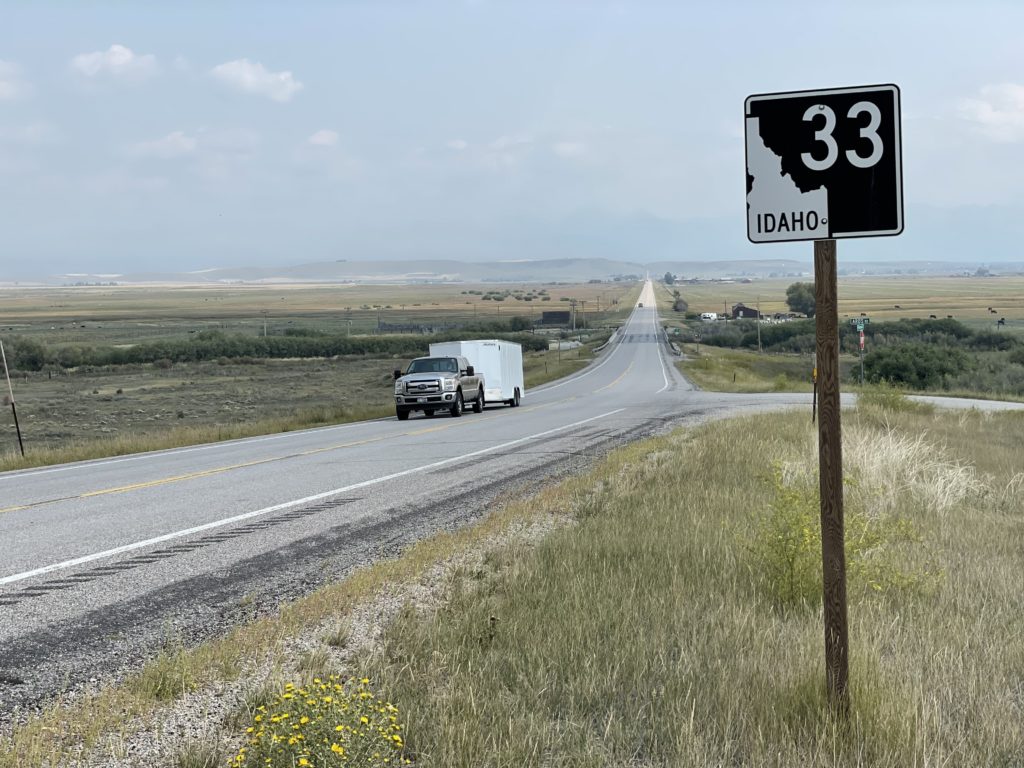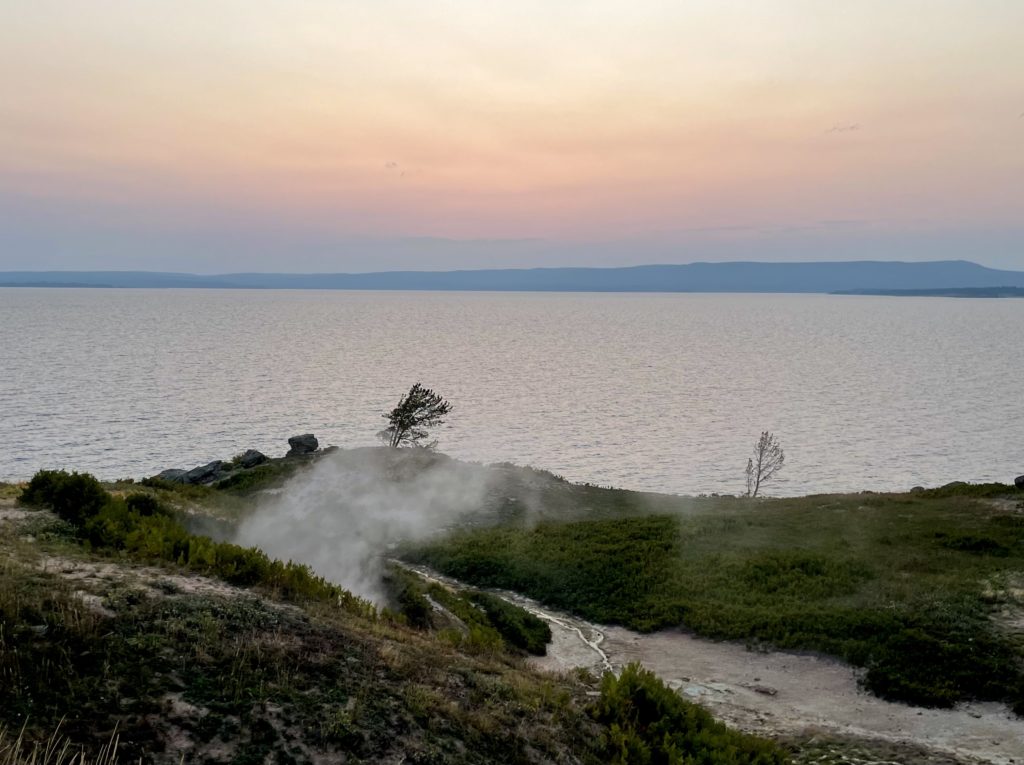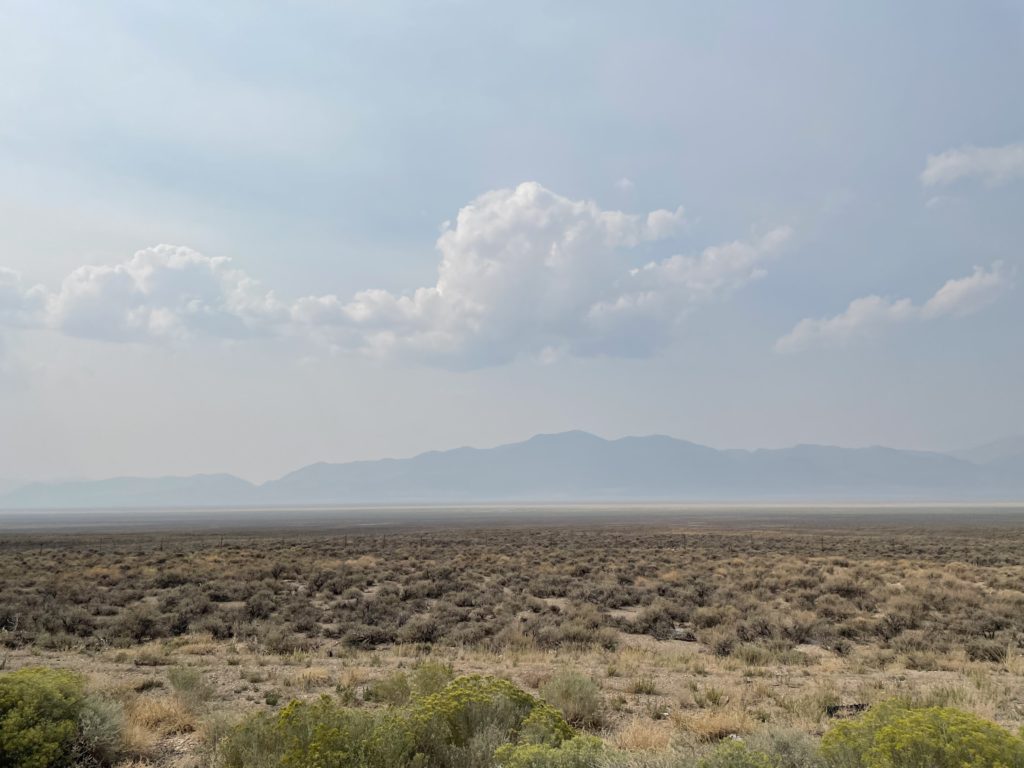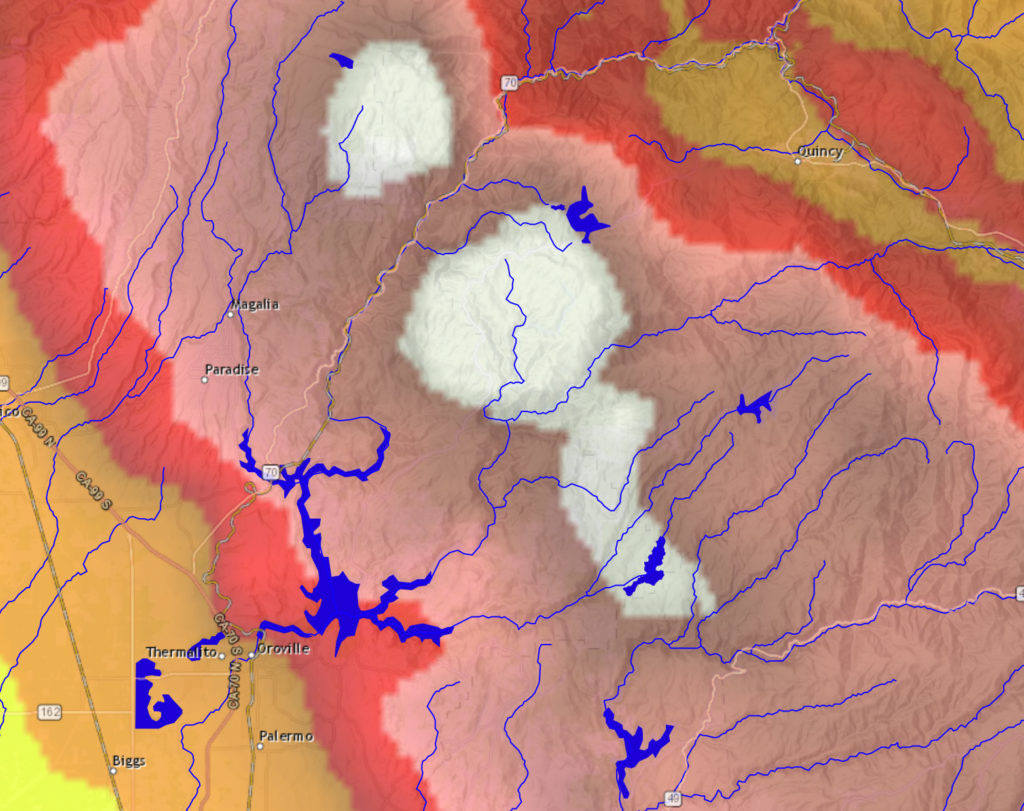The other day, the California Department of Forestry and Fire Protection — Cal Fire, for short — caused a little bit of a ripple when it issued a report that likened the conflagration that recently consumed most of the town of Paradise with the World War II Allied bombing of the German city of Hamburg.
The comparison was included in a Cal Fire green sheet — a preliminary report the agency does to review the circumstances surrounding firefighter deaths and injuries. I’ve become a regular reader of the reports mostly because I’ve been editing stories by a colleague in the KQED newsroom who started getting them several years ago.
The green sheet on the Camp Fire — the blaze that killed 86 people, by the current count, and destroyed 14,000 residences in Paradise and two nearby communities in Butte County — came out late last week. The bulk of the report recounted how five firefighters suffered burns during the first 24 hours of the blaze. But in setting the scene for how the injuries, sustained in two separate incidents, occurred, the report also sets the scene: the drought, the high winds, the low humidity that helped the fire become so monstrously destructive so rapidly.
The green sheet drops this remark about the fire’s character:
“When the fire reached the town of Paradise, an urban firestorm began to spread from building to building, independent of the vegetation, similar to the firestorm that consumed Hamburg, Germany, in 1943. … It is evident in many areas occupied by high densities of residential and commercial structures that the heat from the fire was transferred horizontally to other structures and ground vegetation by strong winds. “
I like a striking historical reference as much as the next human. But the Cal Fire offers no further context or detail about “the firestorm that consumed Hamburg, Germany, in 1943.” Maybe it was a super-bad wildfire.
Of course, the year “1943” suggests a connection to a major historical event that’s known even to most ahistorically minded Americans: World War II. Even if you’re not a historian, you may be familiar with the heavy bombing that took place throughout the war and several noted incendiary bombing attacks, mostly by U.S. and British air forces against targets in Germany and Japan.
Thanks to Google, a couple of pretty good accounts of what happened in Hamburg pop up when you search the name of the city along with the word “firestorm.” One of them comes from the BBC, which describes the relentless British and American bombing that touched off the inferno, the winds that accompanied it, the appalling casualty count, and the harrowing stories of survivors.
“I struggled to run against the wind in the middle of the street. … We couldn’t go on across [the road] because the asphalt had melted,” one witness is quoted as saying. “There were people on the roadway, some already dead, some still lying alive but stuck in the asphalt. They must have rushed on to the roadway without thinking.”
Several months after Germany’s May 1945 surrender, the U.S. War Department published an exhaustive review of the air war in Europe. “The United States Strategic Bombing Survey: Over-all Report.”
The survey’s purpose was, in part, to measure the effectiveness of the Allied bombing strategy, which had aimed to achieve “the destruction and dislocation of the German military, industrial and economic system and the undermining of the morale of the German people to the point where their capacity for armed resistance is fatally weakened.”
In a passage cited in “The Oxford English Dictionary” as an early use of the word “firestorm” to describe the effects of aerial bombing, the survey mentions in brief, clinical detail what happened in Hamburg and the tactics behind such attacks.
For residential areas … fire was the chief cause of the damage that resulted from bombing. … The principal weapon for setting fires was the incendiary bomb. This weapon was most effective in causing destruction in city residence areas. …
Many German cities presented partial areas of vast devastation. Perhaps the outstanding example was Hamburg, where a series of attacks in July and August of 1943 destroyed 55 to 60 percent of the city, did damage in an area of 30 square miles, completely burned out 12.5 square miles, wiped out 300,000 dwelling units, and made 750,000 people homeless. German estimates range from 60,000 to 100,000 persons killed, many of them in shelters where they were reached by carbon-monoxide poisoning. The attacks used both high explosive and incendiary bombs as it was thought by the Air Forces and later confirmed that the former created road blocks, broke water mains, disrupted communications, opened buildings, broke windows, and displaced roofing. Most important, they kept the fire fighters in shelters until the incendiaries became effective. But, of the total destruction, 75 to 80 percent was due to fires, particularly to those in which the so-called fire-storm phenomenon was observed.
Fire-storms occurred in Hamburg, Kassel, Darmstadt, and Dresden. Differing from an ordinary peacetime conflagration which begins at a center and then spreads, these storms occurred when incendiaries started many fires within a relatively short time over an extensively built-up area. It was estimated that, in Hamburg, within 20 minutes, two out of three buildings were afire within a 4.5-square-mile area as the result of incendiary bomb strikes. The intensity of the bomb fall was so great that fire-fighting efforts were fruitless. As the many fires broke through the roofs of buildings, there rose a column of heated air more than 2 1/2 miles high and 1 1/2 miles in diameter, as measured by aircraft flying over Hamburg. This column was turbulent and was fed at its base by inrushing cooler ground-surface air. One and one-half miles from the fire this draft increased the wind velocity from 11 to 33 miles per hour. At the edge of the area the velocities must have been appreciably greater, as trees 3 feet in diameter were uprooted. In a short time the temperature reached the ignition point for all combustibles and the entire area was ablaze. In such fires complete burn-out occurred; that is, no trace of combustible materials remained and only after 2 days were the areas cool enough to approach.
The evidence is that the bombing served not only to destroy much of Germany’s second-largest city, but also, as intended, to shock and demoralize the population.
In one sense — the scale and meaning of the events — the parallel between Paradise and Hamburg is all wrong. But in others — the physical characteristics of the fires, the way they consumed whole communities and left survivors with little or nothing of their prior lives — maybe the comparison is fitting.










